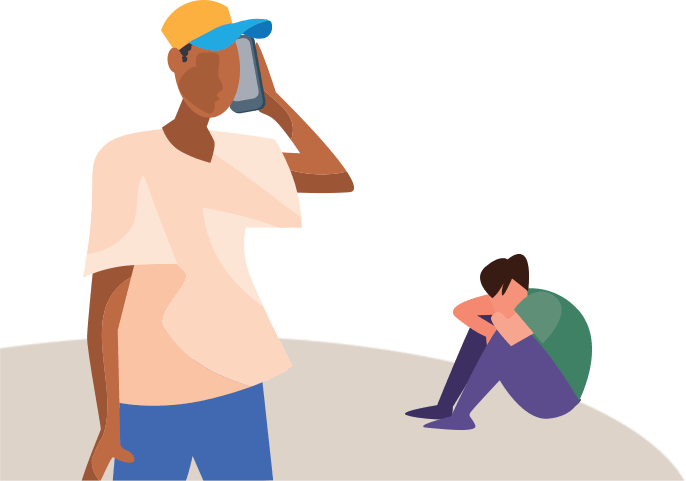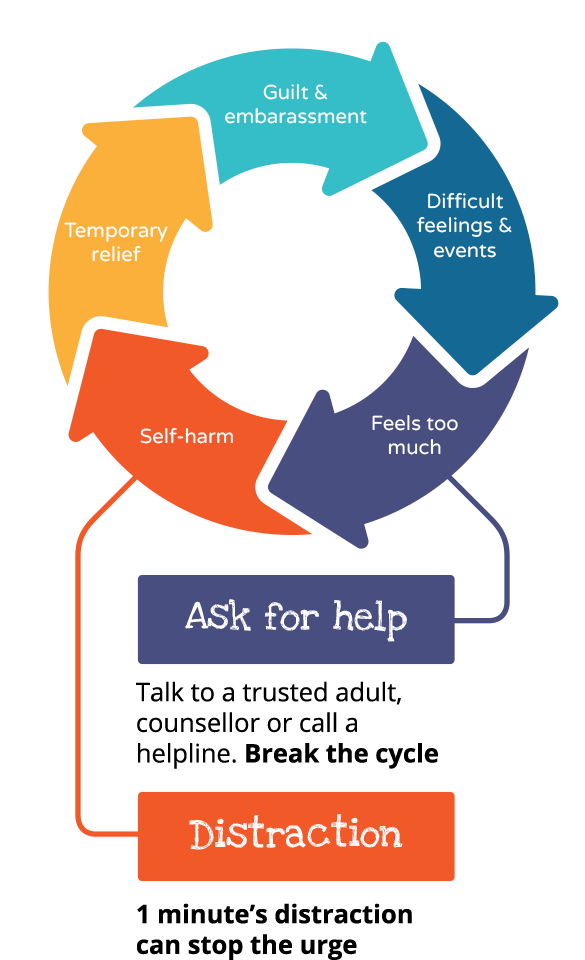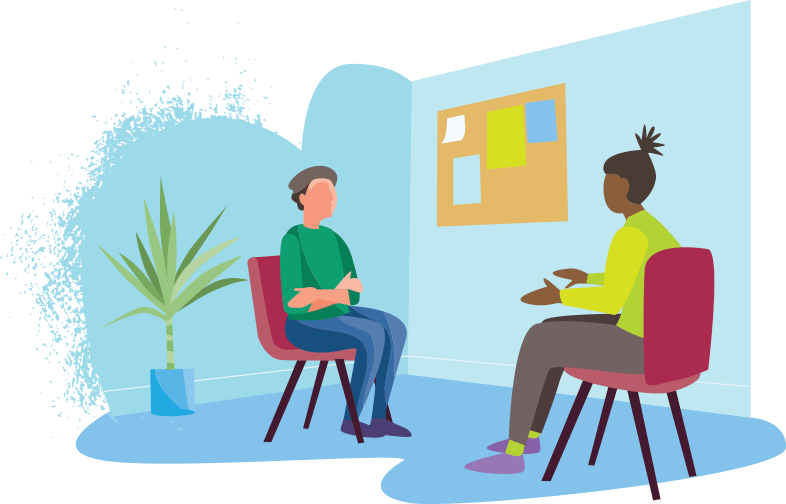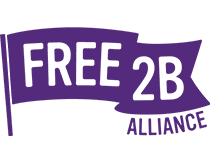Self-harm is when you intentionally harm yourself either through physical injury, or by putting yourself in danger.
Examples include: Self-cutting, scratching, burning, hitting, taking drugs, risk-taking behaviour, self-neglect, disordered eating and overdosing.
If you are self-harming, you may sometimes feel suicidal, but this doesn’t always mean you want to end your life. You may just want to stop the feelings because it all feels too much, or you wish things were different.























